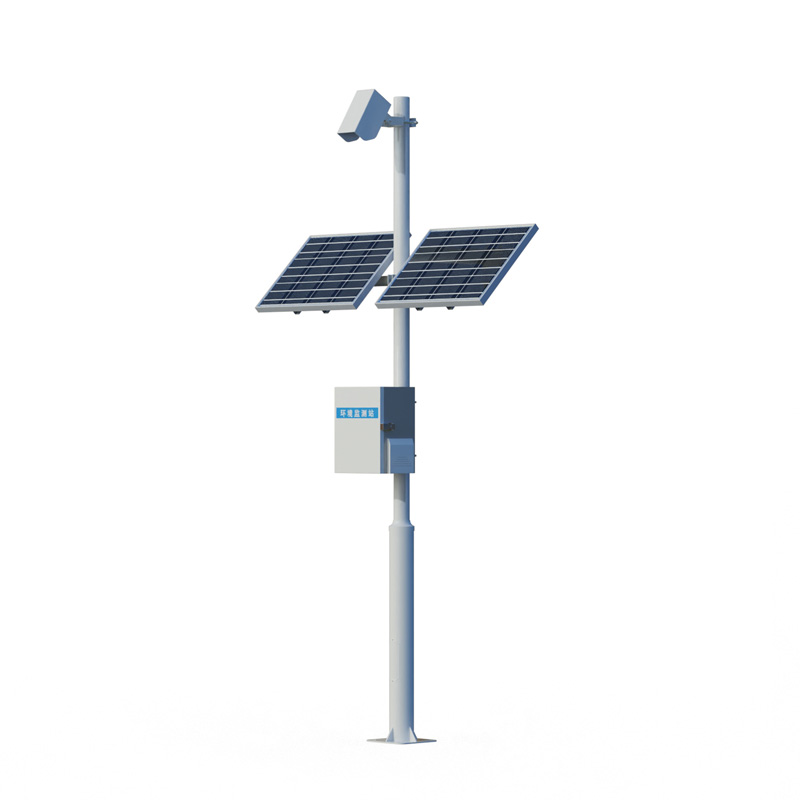Meteorological environment monitoring equipment supplier
Insist on doing high-precision customer favorite technology products

1.Road Surface Condition product introduction
Road Surface Condition adopts infrared laser remote sensing technology, non-contact remote sensing detection, real-time detection of the road surface dry, damp and wet state.Road Surface Condition uses remote sensing technology to avoid damage to the road and thus avoid traffic interference caused by the installation of road weather stations.
Under road conditions where embedded pavement sensors are inconvenient or cannot be installed, remote sensing installation means that there is no need to close the road or cut the pavement, and the installation work is both safe and convenient.Low maintenance is an ideal choice for the composition of road meteorological systems.
It can be installed on existing weather stations or on other buildings with unobstructed views of the road surface.
Multi-spectral measurement technology enables accurate detection of the thickness of icy, snow and water on the surface of the road.
By providing road surface condition information, road management departments provide accurate monitoring data and take response measures before road safety risks occur.
2.Road Surface Condition system composition: road condition sensor, collector, pole bracket, power supply system, cloud platform
3.Road Surface Condition product application
1.Install the bridge surface from a long distance
2.Areas with frequent accidents
3.Areas with large traffic flow
3.Areas with frequent rain and snow
4.Road Surface Condition product features
1.Long-distance measurement of road area water, ice and snow
2.Measure the road surface status
3.Measure the degree of water accumulation, ice surface, and slipperyness
4.Non-buried design
5.Resistant to rust
6.Infrared detection up to 15 meters
7.No need to close the lane, easy installation and maintenance
8.Rustrated design, all-weather measurement
5.Road Surface Condition Technical Parameters
| Monitoring distance | 2-15 meters | ||
| Detection diameter | 23cm | ||
| angle | 30-90 degrees | ||
| Power input | 220VAC, 24VDC | ||
| Maximum power consumption | 5W (including lens heating) | ||
| Operating temperature | -38ºC to +70ºC | ||
| Working humidity | Degree 0 to 100% | ||
| Road state parameter output | Road area water thickness: 0.00-10mm | Resolution: 0.01mm | Accuracy: 0.1mm |
| Pavement ice thickness: 0.00-10mm | |||
| Road area snow thickness: 0.00-10mm | |||
| The degree of slippery road surface: 0.00-1 | Resolution: 0.01 | ||
| (*) Pavement temperature: -38ºC to +60ºC | |||
| (*) Pavement humidity: 0-100% | |||
| (*) Ambient temperature and humidity: -40ºC to +70ºC | |||
| (*) Atmospheric pressure: 150-1100hPa | |||
| Pavement status report | Dry, damp, wet, snow, ice, ice water mixed (*frost) | ||
| Lens pollution detection | Pollution level measurement of optical lenses and internal automatic pollution compensation | ||
| Pavement materials | Concrete and asphalt pavement | ||
| communication | RS485, RS232 | ||
| Average no trouble | 10 years | ||
| Safety | No safety issues – infrared remote sensing measurement technology | ||